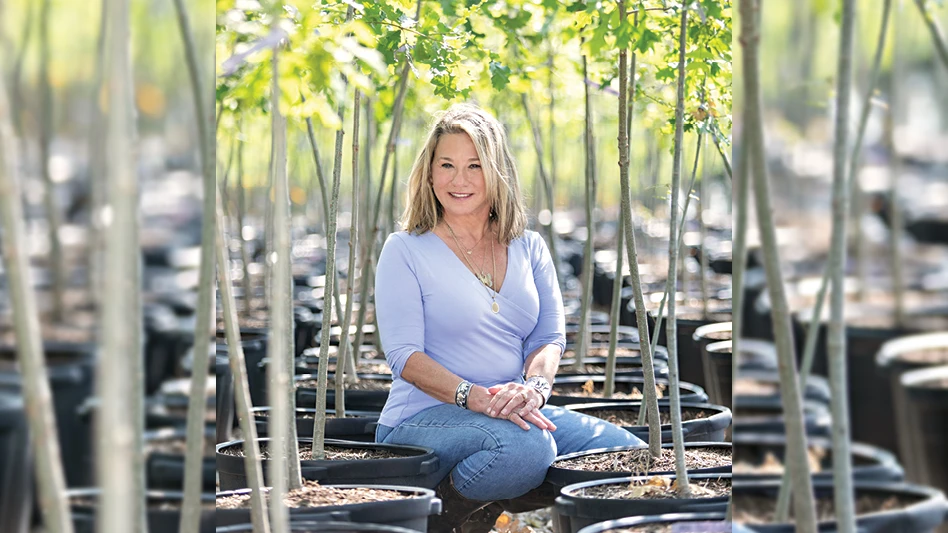
Nursery Management asked Richard Hawke, plant evaluation manager and associate scientist at the Chicago Botanic Garden, to share how plants are chosen for trials and why the process is so important to the entire supply chain, from the breeder all the way to the end consumer.
Q: How do you decide which taxa are evaluated?
A: Taxa are chosen based on a number of reasons including: lack of information on their performance in the region; specific cultural or pest problems (e.g. powdery mildew, winter hardiness); popularity in the current market; and plant groups with significant/extensive breeding underway but a lack of information on performance (coneflowers and coreopsis, for instance). Sometimes the taxa are selected because of my personal interest in a group.
Q: Why is it important to emphasize tried-and-true varieties vs. new releases?

A: I understand that everyone loves the hottest new thing—I do too—but many of these plants are untested widely, which can lead to disappointment. Sadly, I think some people equate tried-and-true with old or boring plants. The list of tried-and-true plants doesn’t have to be decades old—it should include many newer plants, too. By evaluating a greater number and diversity of plants, we can increase the tried-and-true varieties available to gardeners.
Q: How are the results disseminated?
A: The first point of dissemination of our trial results is Plant Evaluation Notes, which is the Chicago Botanic Garden’s publication and available on our website. From there, the information is further disseminated externally through print and electronic pieces, in its entirety or as a press release. For a number of years, we have partnered with Fine Gardening to publish the results of our trials for the home gardener. To reach the green industry, our information has been presented in various forms in trade magazines. We also share the data through lectures, classes, and tours.
Q: Does the industry (the breeder, grower, retailer, landscape contractor, and designer) rely enough on trials?
A: I think the industry does use information from trials in their regions, but I don’t think there are enough perennial and woody trial programs nationally.
Q: How would each segment of the industry benefit from more involvement with your trials or other trials?
A: I think all segments of the industry would benefit from involvement in plant trials. Breeders and growers certainly can participate by offering plants for trialing, and I already work well with many growers and plant introduction companies.
One thought I’ve had related to retailers and landscape contractors is co-sponsoring a field day at our trials, where people can see what’s happening and learn about recommended plants. Having input from the various segments before, during and after a trial makes the trials more meaningful and makes them part of the process.

Explore the October 2016 Issue
Check out more from this issue and find your next story to read.
Latest from Nursery Management
- The HC Companies, Classic Home & Garden merge as Growscape
- Eason Horticultural Resources will now officially be known as EHR
- BioWorks receives EPA approval for new biological insecticide for thrips, aphids, whiteflies
- Ellen Mackenbach-Lakeman appointed new CEO of Dümmen Orange
- Southern Garden Tour sets 2025 dates for trial garden open houses
- New book explores plants that thrive in Rocky Mountains
- American Floral Endowment establishes Herman Meinders Memorial Tribute
- These companies are utilizing plastic alternatives to reduce horticultural waste




